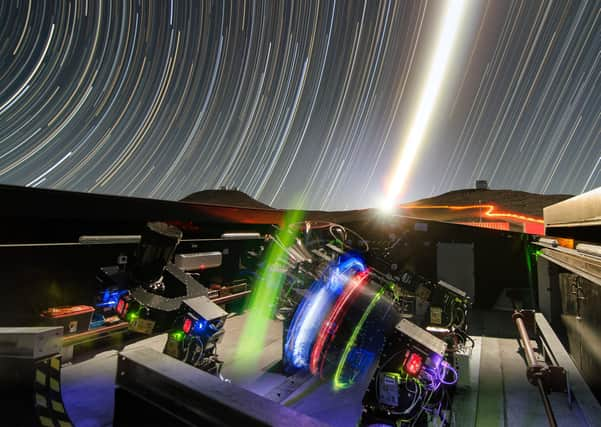Researchers urge armchair astronomers to help find unknown worlds


Astronomers at Queen’s University Belfast have launched a new online initiative, calling for volunteers to come forward and help to search for extrasolar planets.
The online citizen project, hosted by Zooniverse.org, Planet Hunters Next-Generation Transit Search (NGTS), is enlisting the help of the public to examine five years’ worth of digital footage showing some of the brightest stars in the sky.
The footage was captured by twelve NGTS robotic telescopes based at the European Southern Observatory (ESO) Paranal Observatory in Chile – they make high precision measurements, sensitive enough to detect the signatures of exoplanets.
Advertisement
Hide AdAdvertisement
Hide Ad